This post is sponsored by Metamucil® Free
I’m putting on my dietitian hat today to talk all about fiber! Everybody knows it’s good for you and part of a healthy diet. But do you know why?
When most people think of fiber, you probably think about raw vegetables, beans, and bran cereal. But that’s just the tip of the iceberg lettuce. So, what exactly is it?
The two types of fiber
Fiber refers to a group of carbohydrates that humans can’t digest due to lacking the enzymes that break them down. While we extract nutrients and break down most of what we eat, fiber is the stuff that comes out the other end. It serves a purpose though, and there are two main types with different roles.
Soluble fiber
Soluble fiber blends with water in the gut. Some soluble fibers dissolve entirely others form a gel like substance. Gel-forming fibers can have metabolic benefits like helping maintain healthy blood sugar levels. These fibers also slow down digestion helping you stay full longer.
Soluble fibers include gums, pectins, psyllium, beta-glucans and more, and is found in oats, barley, nuts, seeds, beans, lentils, peas, apples, and citrus fruits. Psyllium, the main ingredient in Metamucil, is one of these gel-forming fibers. (source)
Insoluble fiber
Insoluble fiber does not blend with the water and passes through the digestive system mostly intact. It functions mostly as a “bulking” agent, and may help speed the passage of food and waste through your gut.
Insoluble fibers include lignin and cellulose and is found in foods such as wheat bran, vegetables, and whole grains.
I know vegetables have their wonderful benefits, but I like the sound of a soft, soluble fiber moving through me more than the “roughage” of insoluble! However, most plants, such as oats and beans, contain both soluble and insoluble fiber.
Soluble fibers linked to better appetite control
In addition to the above, soluble fiber in particular is linked to a few specific health benefits. This study found that soluble fibers, which are thick and viscous, reduced appetite more than the insoluble fibers (59% v 14%).
Moreover, incorporating more viscous fiber into a meal slows both gastric emptying and the rate at which food moves through the small intestines, thereby slowing both carbohydrate and fat absorption and increasing overall satiety and reducing appetite. (source)
Good whole-food sources of soluble fiber include legumes, asparagus, Brussels sprouts, flax seeds, and oats. Psyllium husk, which is the main ingredient in Metamucil, is also very high in soluble fiber.
Consuming adequate fiber
The recommended intake is 38 grams for men and 25 grams for women. Women need less because they have lower caloric needs, but obviously this target number is personalized to individual diet and lifestyle. To figure out your recommended daily intake, you can add 14 grams of fiber for every 1000 calories you consume per day, or take your daily calories multiplied times 0.014. (source)
Most people aren’t getting enough
You might think: “I eat a salad a day, so I am surely getting enough fiber.” Yet according to the 10 year NHANES study, average intake for men and women was only 15-17 grams, much less than recommended.
It would be great if we could all eat such a wide variety of whole foods that we’d reach 25-38 grams of fiber with no trouble. Everyone’s appetite would be tame, and poops would be soft and regular (woo hoo!!). But unfortunately many people fall short, as the NHANES study reported. If you feel your fiber intake could use a little boost or your bowels could use a bit of regularity, even as needed like during pregnancy, adding Metamucil to your daily routine could be a simple answer.
Metamucil is made from all natural psyllium husk, a dietary fiber originating from plantago ovata. Psyllium is mostly soluble viscous form of it, which forms that viscous gel when mixed with water in your GI tract. This gel traps bile acids (made from cholesterol) and prevents some from being reabsorbed, thereby reducing blood cholesterol levels. The gel also traps some carbohydrates and sugars, allowing them to be more slowly absorbed by the body once it reaches the small intestines supporting healthy blood sugar levels and controlling appetite. All Metamucil powders are made with 100% all natural psyllium fiber with a stone ground texture. My personal favorite is Metamucil Free with real sugar for flavor when consuming with water. My favorite way to incorporate Metamucil Free into my diet is to mix it into smoothies, which I make at least 3 times a week, if not more. It was also undetectable in oatmeal because it’s kind of like oatmeal already!
If you tally up a day’s worth of food and aren’t coming close to 25 grams, focus on adding more Fiberific foods. Add more whole grains, swap beans for meat, and choose fresh fruit for a snack. Many of the lower grain or lower carb diets are also lower in soluble fiber, so that’s something to take into consideration if you don’t consume foods like wheat or oats. If you’re not meeting your goal, Metamucil can help you close the gap.
Health benefits of adding Metamucil to your day
- Helps you feel less hungry between meals* thanks to soluble fiber forming a gel that aids in the sensation of fullness.
- Helps maintain healthy blood sugar levels as part of your diet*. Metamucil forms a viscous gel that traps sugars, which are slowly released and absorbed into the body.
- Helps lower cholesterol to promote heart health†. Metamucil provides an easy way to help reduce your risk of heart disease by adding psyllium fiber to your heart-healthy diet.
- Helps promote digestive health*. The psyllium fiber in Metamucil helps maintain regularity and can be used to treat occasional constipation.
Ways to get more!
-Always choose whole grains in cereal, bread, and pasta.
-Snack on fresh fruits and veggies over packaged snacks.
-Eat more oats! Have oatmeal, overnight oats, oatmeal muffins, or an oatmeal smoothie for breakfast.
-Beans, beans, they’re good for your heart because they’re a good source of fiber.
-Add a spoonful of Metamucil to your smoothies or oatmeal or enjoy in between meals with a tall glass of water.
-Always drink plenty of water!
Thanks to Metamucil Free for sponsoring this post
†Diets low in saturated fat and cholesterol that include 7 grams of soluble fiber per day from psyllium husk, as in Metamucil, may reduce the risk of heart disease by lowering cholesterol. One serving of Metamucil Powder has at least 2.4 grams of this soluble fiber. Consult a doctor if you are considering use of this product as part of a cholesterol-lowering program.
*These statements have not been evaluated by the Food and Drug Administration.
This product is not intended to diagnose, treat, cure, or prevent any disease.


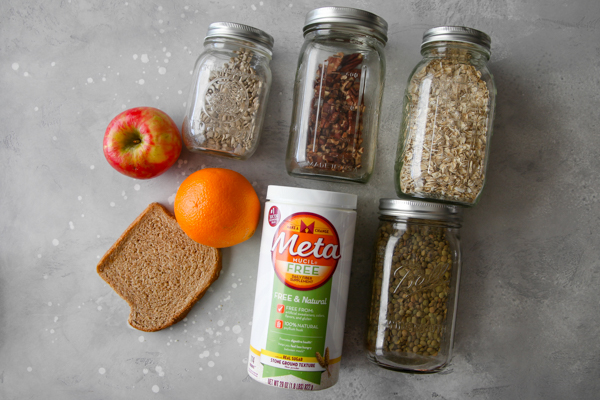
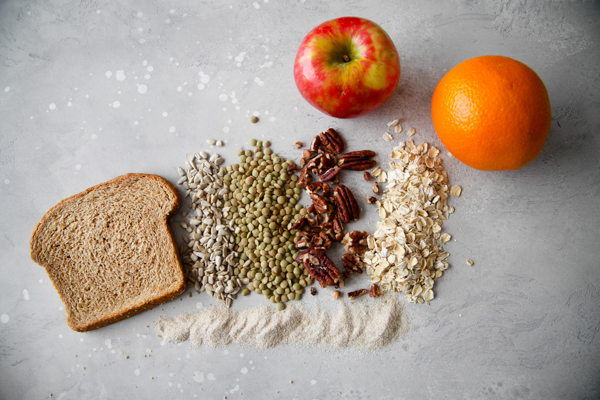
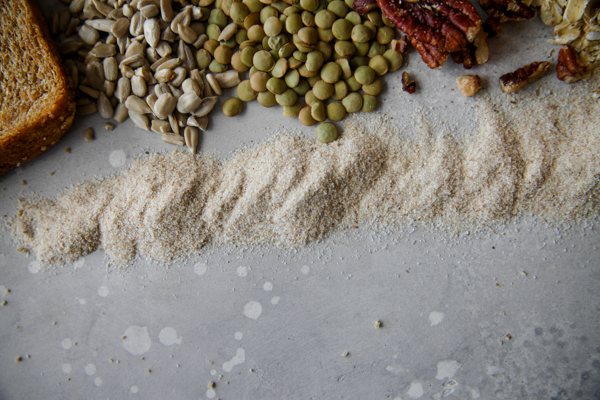
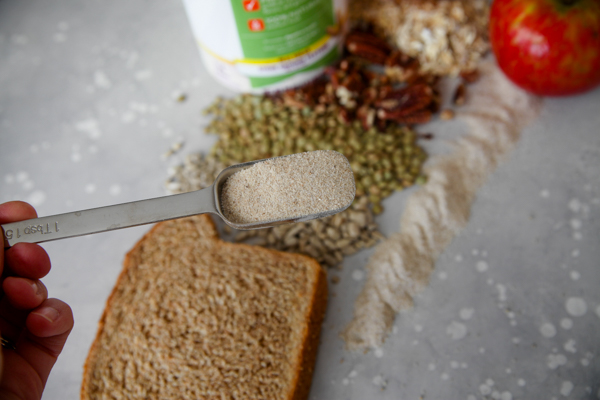
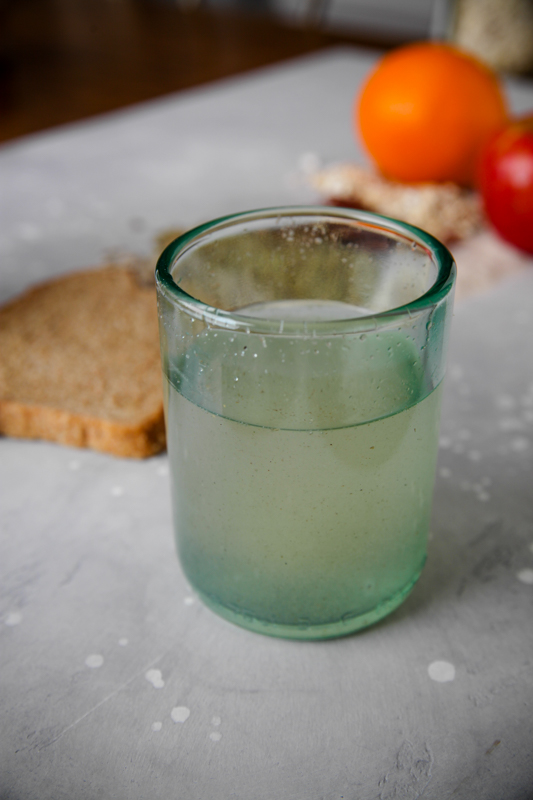
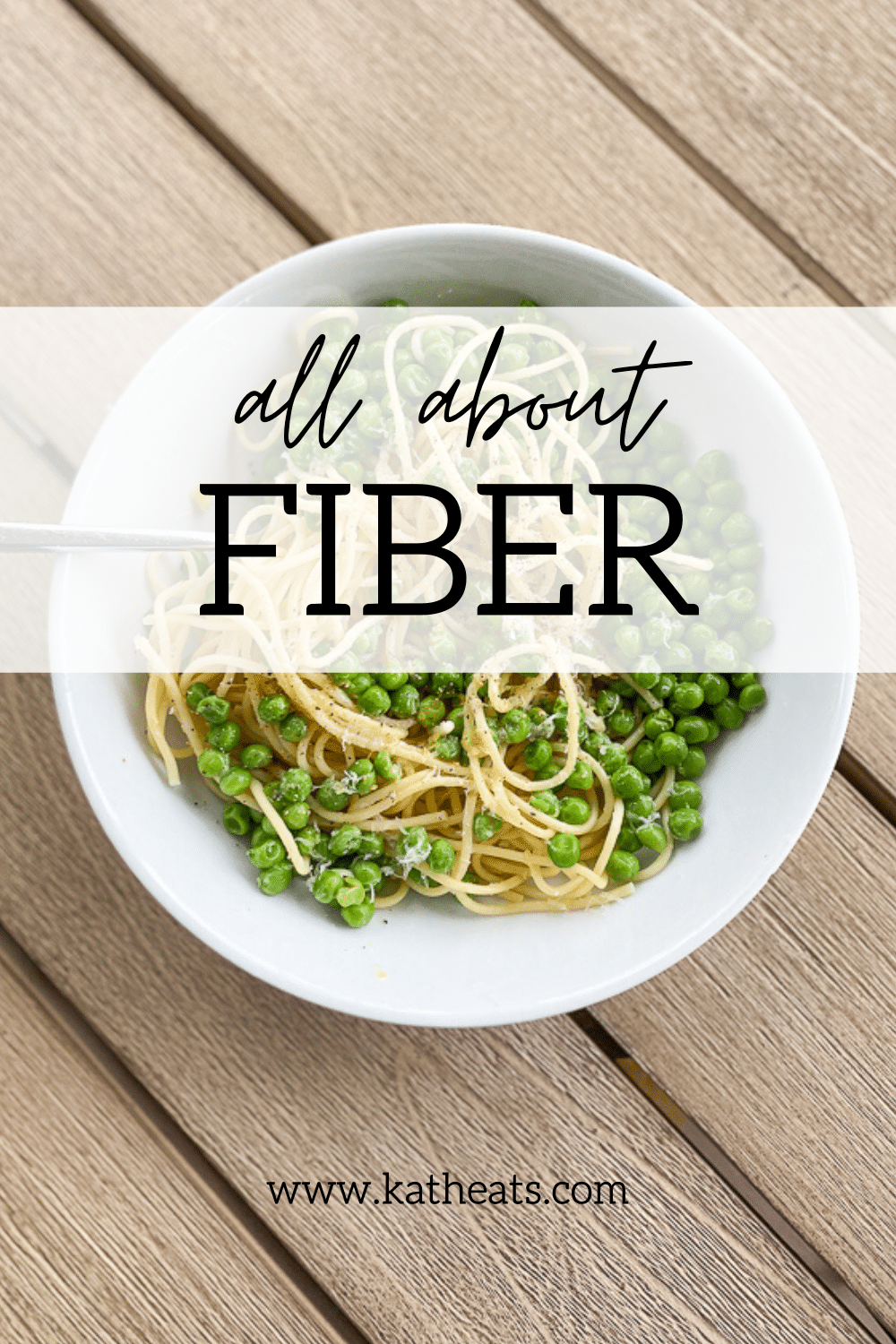
Charmaine Ng | Architecture & Lifestyle Blog says
I think supplements are great, but I still do prefer to get all my fiber from food! I eat waaay more vegetables and fruit than the normal servings (oops), so I’m good in that area, haha! 🙂
Charmaine Ng | Architecture & Lifestyle Blog
http://charmainenyw.com
Liz says
I love your blog and read daily, but this feels like a poorly chosen sponsor to me. I can’t recall you ever mentioning Metamucil before?! I will continue to read, but posts like this one ones I will skip in the future.
Laurie says
I never thought about adding Metamucil to my smoothies. I might try that.
What about the Metamucil pills? Is the powder version better than the pills?
Thanks!
Laurie
KathEats says
The capsules have a simple ingredient list and would be good for travel. I think the only downside is swallowing pills 5 at a time, but some people might prefer that to drinking or mixing in.
Laurie Gannon says
Thanks! It sounds like the powder is the way to go for me!
Jenny says
I am curious about your opinion on too much fiber. As a healthy eater and marathon runner, I find I have to limit fiber in order to prevent digestive distress. Sometimes I choose white bread or flour instead of a large salad or extra vegetables/oats/nuts/fruit because it is easier on my stomach and a more readily available energy source. I think it is easy to overdo fiber, especially if you have a higher caloric need and always try to pick nutritious foods.
KathEats says
Yes, as a distance runner you do need more calories in general and it can be hard to get them all from real food without feeling like you’re eating a whole garden. I went to an excellent talk last night by the author of the book Run Fast, Eat Slow Elyse Kopecky and she recommended getting plenty of good healthy fats as a way to maximize energy density and minimize the need to eat/snack/fiber-up all day.
Jenny says
Thank you Kath! 🙂
Kori says
I, for one, love these posts! Maybe you don’t use Metamucil a lot, but this post can serve to help someone who may need it on occasion. I love me some fiber-filled foods, but with Matt’s need of GF, we have to be sure he gets enough in GF whole grains and produce. GF products are often so low in fiber. Thanks for explaining the two types of fiber! It’s always nice for a refresher.
Linda @ the Fitty says
I don’t always make it a point to get in enough fiber but I like shiritaki noodles to do so!
Kirsten says
That was a super interesting post! It really made me think about the way that I eat and if I am getting enough fiber in my diet. Next I visit Target, I think that I will be adding Metamucil to my shopping list.
Sarah says
Important to note that you need to drink your Metamucil right away once you add water to it—or else it become a really unappetizing gel. I don’t normally take it but i used it right after giving birth to make sure I didn’t get constipated. Highly recommend for postpartum!
KathEats says
*thumbs up!* advice
Steph says
I was literally thinking, “I need to eat more fiber!” yesterday. Thanks for the informative post!
Vera says
What is your opinion on Benifiber?
KathEats says
It’s made from wheat dextrin which is a different kind of fiber. You can see it in a comparison chart here.
Emily J says
I really enjoy how you make your sponsored posts your own. There was plenty of great info in here I was genuinely interested in learning plus the bit on the supplement. Thanks!
Ver says
Does Metamucil help?
Had csection 10months ago and everything is still very messed up.
How many times do you need to take it for best benefit?
KathEats says
Yes. I’d start with the serving size and try a little more or a little less till you feel great. Also double your water!
Jill Mongene says
What’s your thought or believe with fiber supplements and the gut microbiome? I used to suggest them to my airline pilot clients all the time until all the research on how they may wreck the gut microbiome came out.
I also got a question today from a client about Dr. Hyman’s own fiber supplement…which I really don’t think is a good idea considering he not a medical doctor, just selling a supplement he had produced.
It’s all such a confusing world for us as dietitians anymore. Wonder how you approach this topic?
Kath Younger says
I think fiber should come from real food…. but I do believe in probiotics!